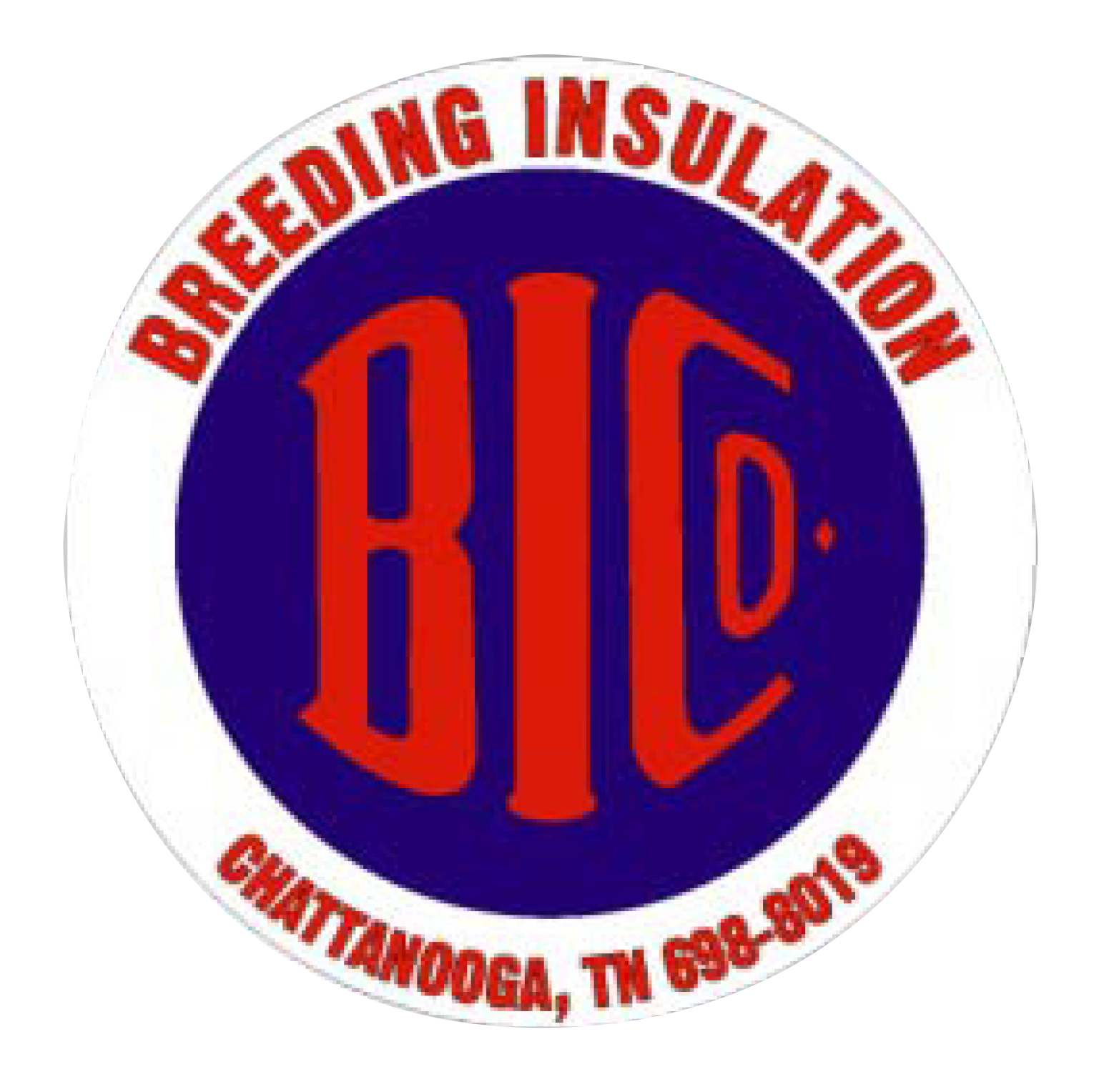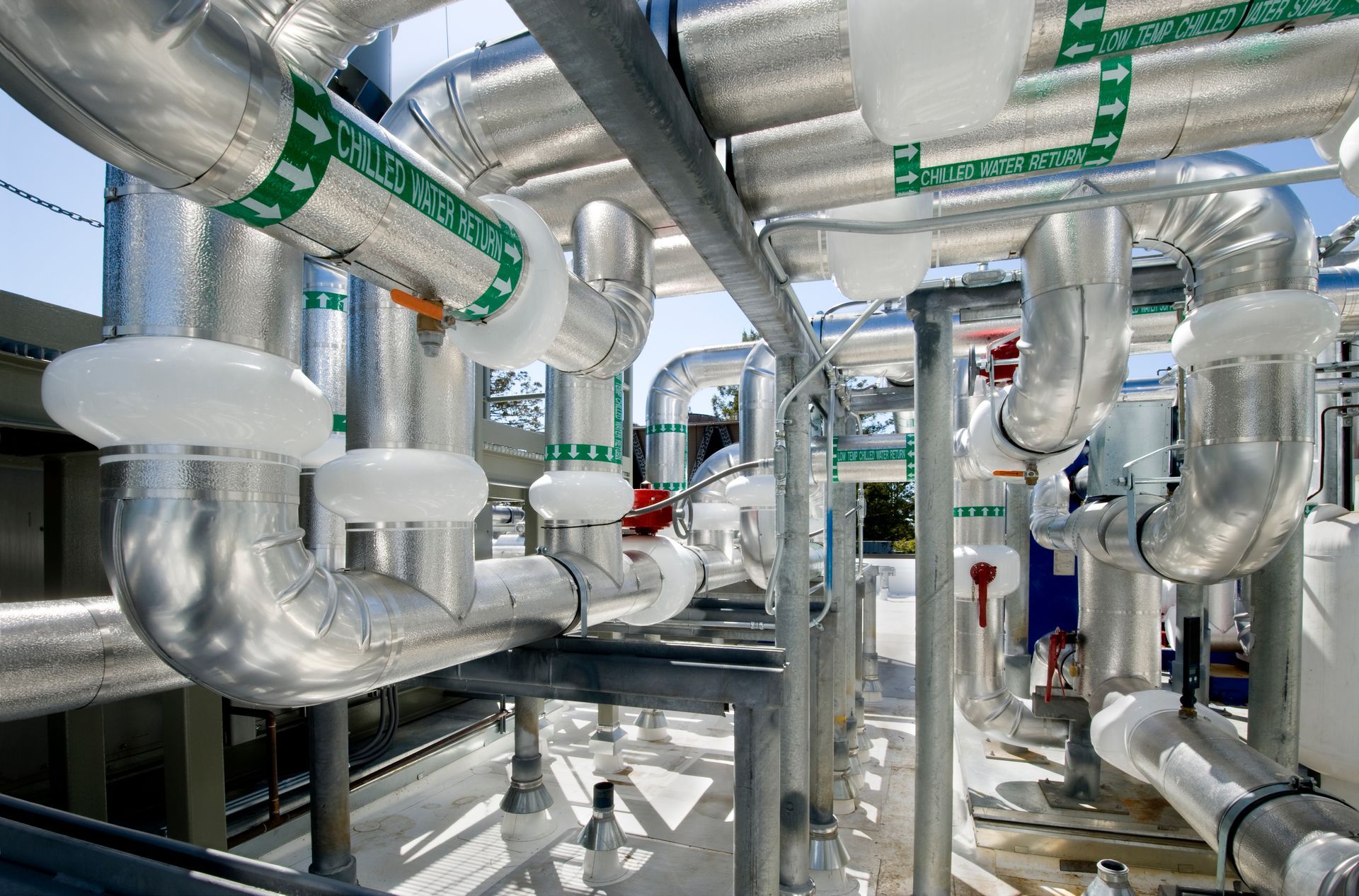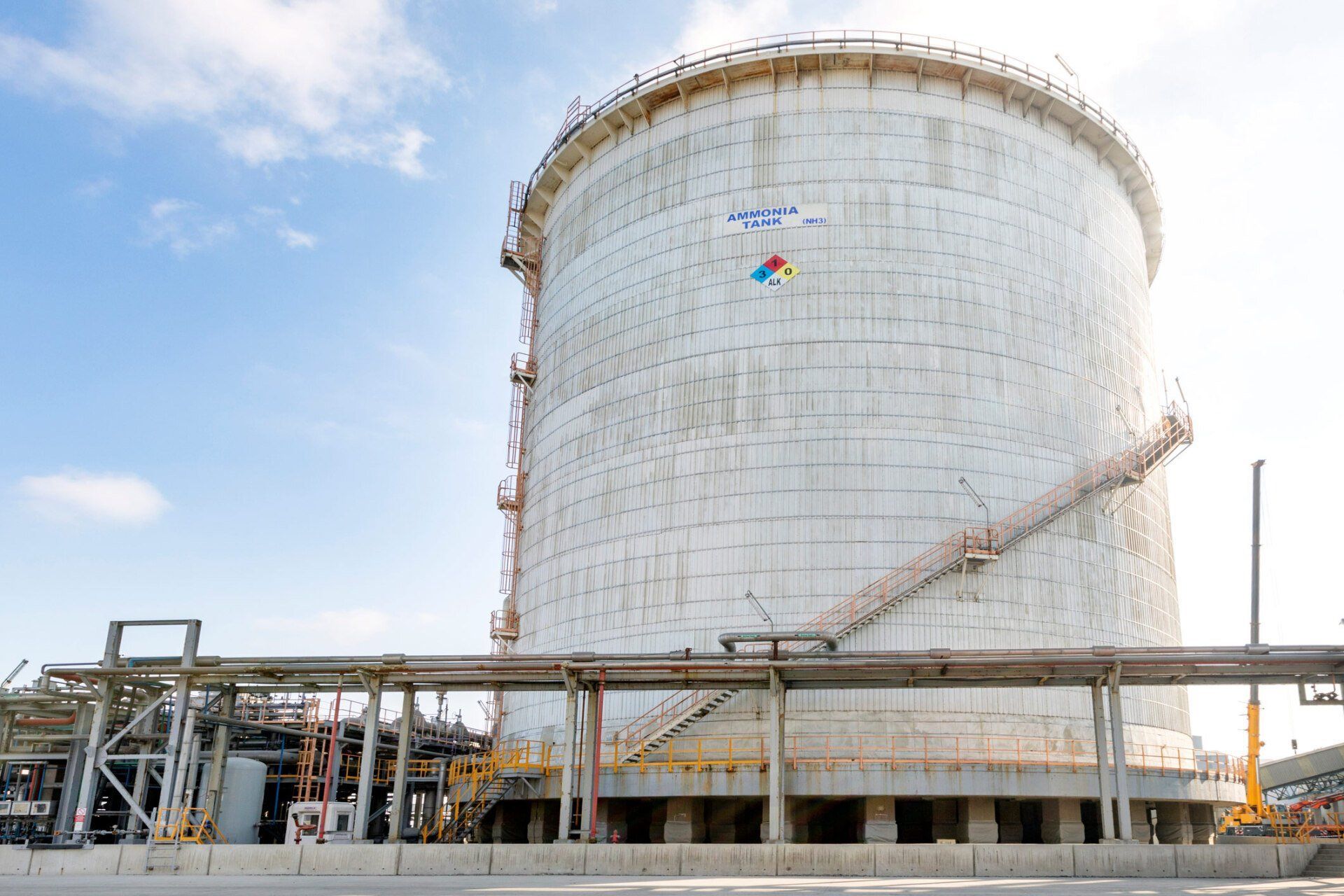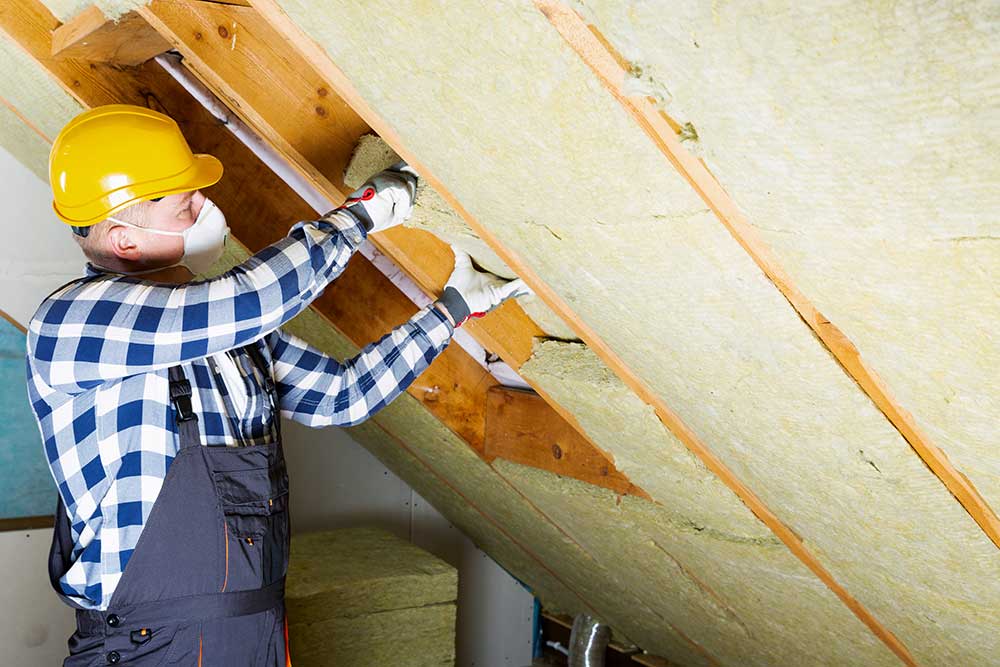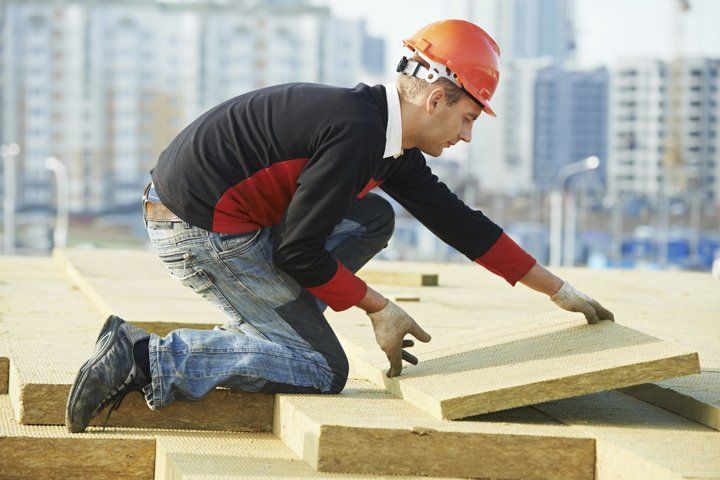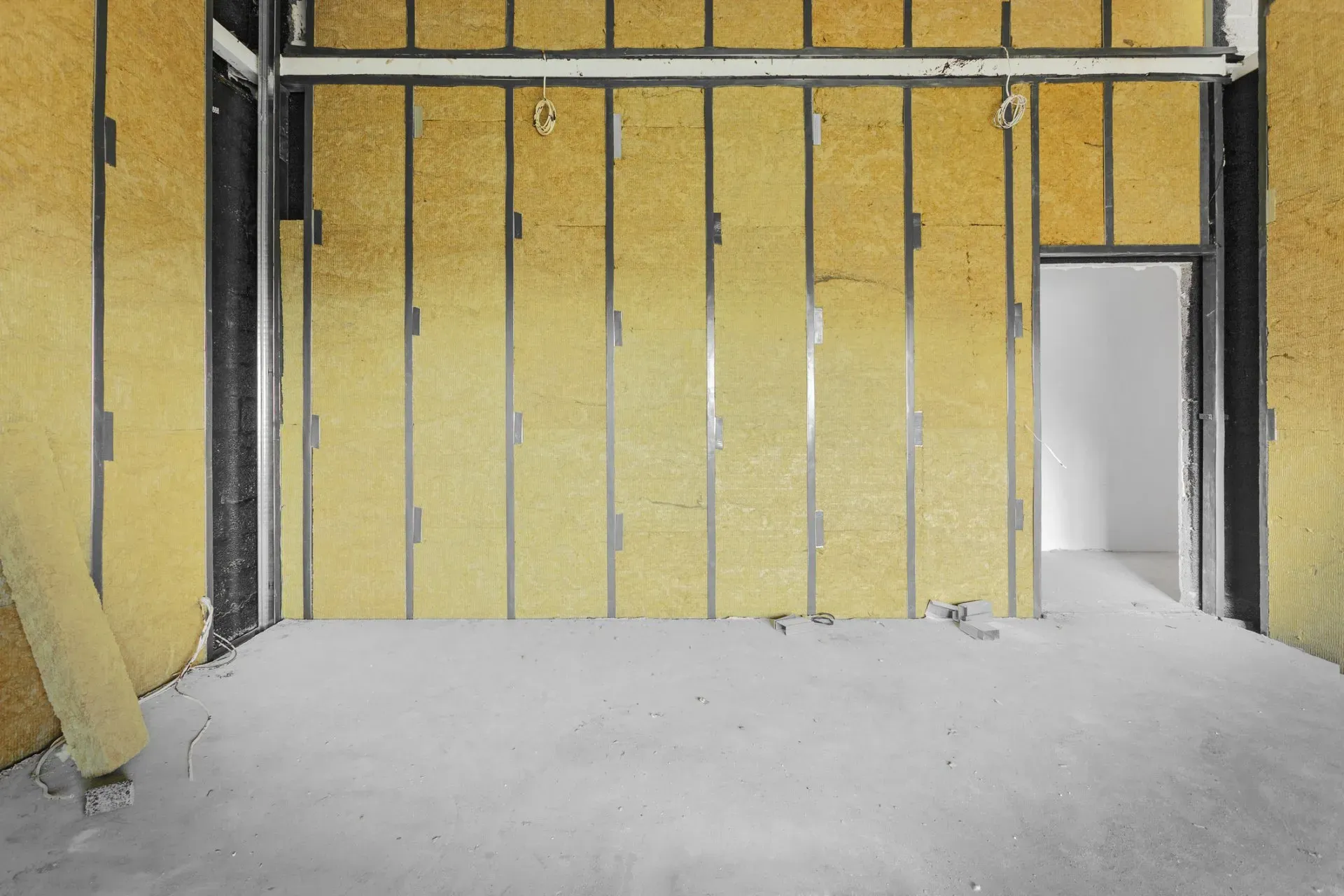Your Top Insulation Questions Answered
Heat is an important part of comfort. Not only do humans need it to survive, but it is often used for manufacturing. In these types of situations, the heat from outside and the heat created inside can be too much, leading to unpleasant working conditions or injury. Insulation, however, can help. Read on to learn more.
How Does Insulation Work?
Insulation works by affecting the rate at which heat transfers from one source to another. Heat transfers in three ways. First, conduction, which works like a stove. The burner heats up, and that heat is directly transferred to the metal pot to heat the pot.
Radiation is another form of heat transfer, and it works like a fireplace. When you sit near a roaring fire, you feel the heat coming from the fire. This is because your body is cooler than the fire, so your body naturally steals heat, which creates that feeling of warmth.
Last, convection occurs in the air and water. It happens when hot air or water rises, causing cold air and water to fall. Regardless of the type of heat exchange though, insulation can help slow the transfer which leads to fewer burns from exposed pipes and overheated rooms.
Many materials offer some form of insulation, but insulation is specifically designed to have a high R-value. R-value refers to how well the material withstands the transfer of heat. The higher the value, the more it hinders heat transfer.
The amount of insulation you want also depends on the type of heat transfer you have. For example, a lot of heat radiation from the sun is blocked by the exterior walls of your property. Insulation further helps slow the transfer to reduce the amount of heat gain, but the wall alone will help.
On the other hand, a pipe that carries heated water or steam can and will transfer heat via conduction. Plus, the pipes are usually made from metal, which is a great conductor of heat. Therefore, insulation with a low R-value may not be enough to prevent burns.
What Types of Insulation Exist?
There are multiple types of insulation, and they come in many forms. Most forms of insulation are made from fiberglass, foam, or cellulose. Typically, foam insulation tends to have a higher R-value. A major reason for that is because spray foam can expand to fully seal the surface. Foam boards also have a high R-value, but they are pre-made so they won't expand to fill in every nook and cranny.
With fiberglass insulation, you can choose rolls of insulation or loose-fill. Cellulose only comes in loose-fill insulation. Batts are great because they can just be laid down and rolled out to fill in the area you need insulation. However, for smaller areas, hard-to-reach areas, and areas that have been fully finished, loose-fill is a better option. The contractor can cut a small hole and blow insulation inside.
In industrial settings, however, you also have a lot of exposed pipes and machinery that can get hot. A billet insulation system, however, is a great way to insulate those pipes. The insulation can be extruded to perfectly match the pipes you need to be covered. Not only can this reduce energy consumption, but it can reduce the risk of work-related burns.
Insulation is a great way to reduce energy consumption and energy loss. Plus, with the right insulation, you can reduce the risk of workplace accidents. If you would like to know more, or if you need insulation services, contact us at Breeding Insulation Company, Chattanooga, Inc. today. We look forward to providing you with the highest quality of insulation.
BROWSE OUR WEBSITE
CONTACT INFORMATION
Phone:
Address:
2505 N Orchard Knob Ave. Chattanooga, TN 37406
Mailing Address:
P.O. Box 5187 Chattanooga, TN 37406
BUSINESS HOURS
Monday-Thursday, 7:30 a.m.-4:30 p.m.
Friday, 7:30 am - 3:30






